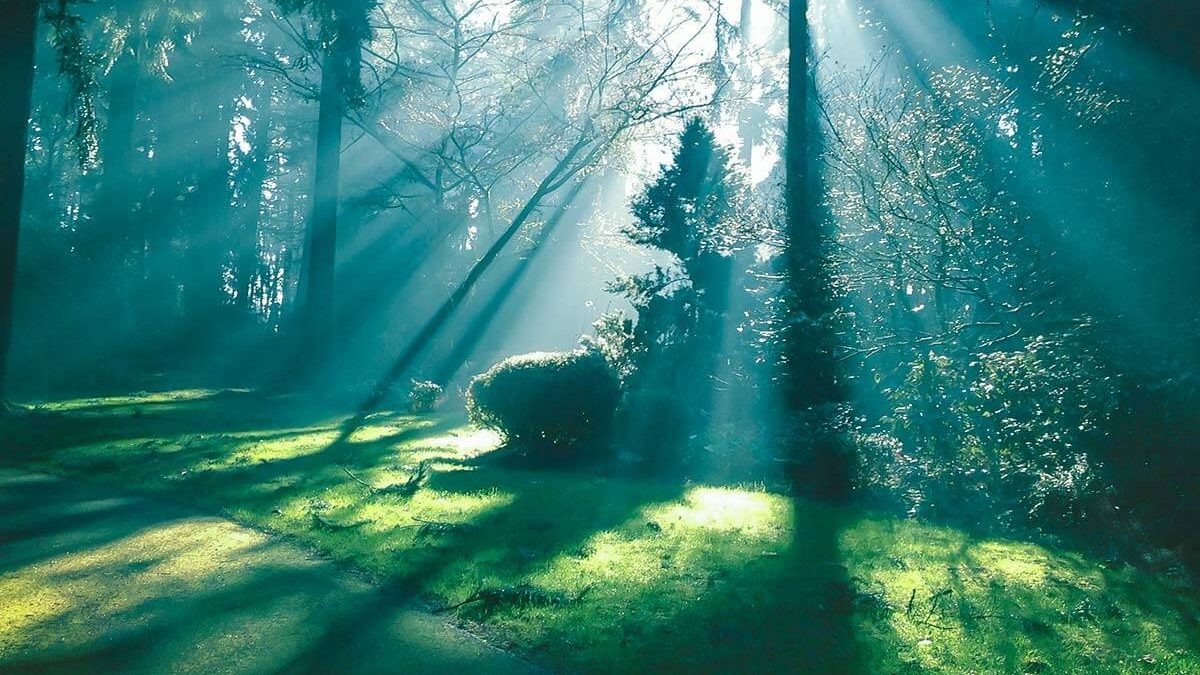Defining and Surveying Veteran and Ancient Trees

What is a Tree Survey?
June 14, 2017Veteran trees and ancient trees are surveyed as individuals for recording their habitat
value and as populations to establish their viability, rates of loss and to establish population sustainability. The term ‘ancient tree’ may be understood as an age classification to describe the stage when, after the loss of apical dominance, a tree passes beyond full maturity and the crown begins to shed redundant parts and accumulate dead wood. During this stage, the crown begins to reduce in size (crown retrenchment) and the current growth-ring area of woody tissue annual increment (CAI) eventually reduces, compared to earlier developmental stages in the trees growth (White, 1998).
Varying degrees of trunk hollowing may naturally occur in this ancient stage. The ancient stage is the final stage in the life of the tree (Read, 2000) and, where conditions are favourable, this phase can be the longest. As the ageing process continues, the tree is progressively colonised by fungi that change the nature and condition of wood material and dead and dysfunctional woody tissue accumulate.
Natural damage and shedding of tree parts can, through the agency of wood decay fungi, lead to trunk hollowing, branch cavities, live stubs, shattered branch ends, loose bark, sap runs and a range of rot types.
More on Treework Environmental Practice Veteran Tree Surveys

